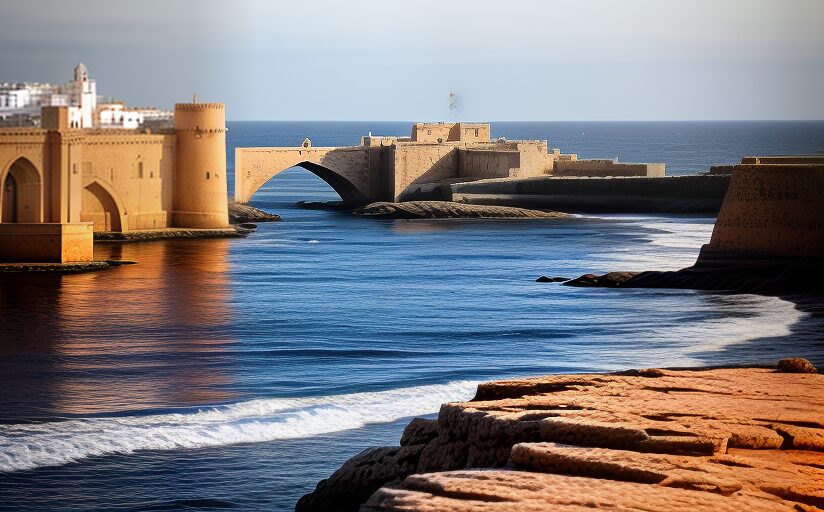Mogador, en plats som bär på ett rikt arv av historia och kultur, är en av de mest fascinerande destinationerna att utforska. Beläget längs den marockanska kusten har Mogador en lång historia som sträcker sig tillbaka till antiken. I denna artikel ska vi fördjupa oss i historien om Mogador och upptäcka dess charm och betydelse genom tiderna.
Upptäckten av Mogador
Mogador, även känt som Essaouira, är en historisk stad belägen på Atlantkusten i Marocko. Stadens historia sträcker sig tillbaka till antikens dagar då fenicierna bosatte sig i området och etablerade handelsrutter längs kusten. Senare kom romarna och berikade området med sin kultur och arkitektur.
Mogadors betydelse under medeltiden
Under medeltiden blomstrade Mogador som en viktig hamnstad längs handelsrutter som förband Afrika med Europa och Mellanöstern. Staden blev känd för sin rika kultur och sitt blomstrande konstnärsliv.
Portugisiska inflytandet
Portugiserna intog Mogador på 1400-talet och gjorde det till en strategisk bas för sin handel i regionen. De förstärkte stadens befästningar och byggde imponerande fort för att skydda sin handel och säkra sina intressen i området.
Mogador under Marockanskt styre
Senare kom Mogador under marockanskt styre och blev en viktig del av landets kulturella och ekonomiska centrum. Staden fortsatte att vara en betydande handelsplats och en knutpunkt för kulturell utbyte mellan olika civilisationer.
Kulturellt arv
Mogador är rikt på kulturellt arv med sina imponerande arkitektoniska strukturer och konstnärliga skatter. Stadens medina, eller gamla stadskärna, är ett världsarv som lockar besökare från hela världen för att uppleva dess unika charm och skönhet.
Moderna dagen Mogador
Idag förblir Mogador en av Marockos mest besökta destinationer, lockande turister med sin vackra kustlinje, pittoreska gator och rika kulturarv. Staden är också känd för sin livliga musik- och konstscen, och är ett populärt resmål för konstnärer och kreativa människor från hela världen.
Slutsats
Mogador är inte bara en plats av historisk betydelse utan också en levande stad som fortsätter att blomstra och locka besökare med sin unika charm och kultur. Dess rika historia och mångfacetterade kulturarv gör det till en destination som är väl värd att utforska för alla som är intresserade av historia, konst och kultur.
